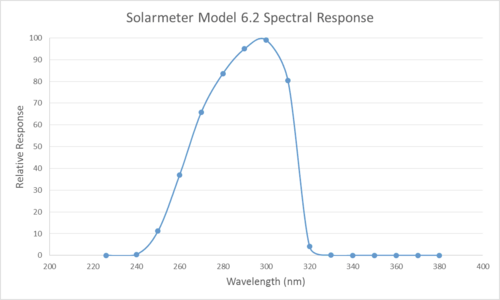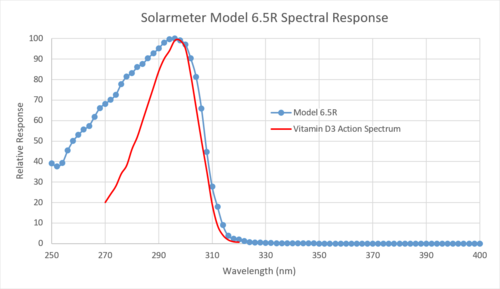cyberlocc
Chameleon Enthusiast
Now, this is simply proof of concept!
DO NOT BUY AND USE THIS Bulb!
Fran Baines has tested it to verify, that it does in fact work. This is not a gimmick, this light does in fact produce UVB and UVA, in VERY large amounts.
She said the beam is narrow, and will have a fun write up soon. The tech is here. The design needs to change (were going to need a strip of these not a bulb version) and may need some refinement.
This is proof of concept only.
https://www.amazon.com/gp/aw/d/B07RKSCL2K/ref=ox_sc_act_image_1?smid=A3GYIS37IB3XTP&psc=1
The UVI of this bulb from 10 inches away is 18, DO NOT ATTEMPT TO USE THIS BULB! not because it doesn't produce UV, but because it does, in an extremely large amount!
https://www.amazon.com/gp/aw/d/B07RKSCL2K/ref=ox_sc_act_image_1?smid=A3GYIS37IB3XTP&psc=1
Fran's last thoughts thus far.

A strip light will be needed, but we can make that happen.
Again I want to emphasize, DO NOT BUY AND USE THIS LIGHT! This is simply a glimpse into the future. Not a working product for today!
@Goose502 you asked, I have delivered your answer. Very soon my friend. Very soon.
DO NOT BUY AND USE THIS Bulb!
Fran Baines has tested it to verify, that it does in fact work. This is not a gimmick, this light does in fact produce UVB and UVA, in VERY large amounts.
She said the beam is narrow, and will have a fun write up soon. The tech is here. The design needs to change (were going to need a strip of these not a bulb version) and may need some refinement.
This is proof of concept only.
https://www.amazon.com/gp/aw/d/B07RKSCL2K/ref=ox_sc_act_image_1?smid=A3GYIS37IB3XTP&psc=1
The UVI of this bulb from 10 inches away is 18, DO NOT ATTEMPT TO USE THIS BULB! not because it doesn't produce UV, but because it does, in an extremely large amount!
https://www.amazon.com/gp/aw/d/B07RKSCL2K/ref=ox_sc_act_image_1?smid=A3GYIS37IB3XTP&psc=1
Fran's last thoughts thus far.
A strip light will be needed, but we can make that happen.
Again I want to emphasize, DO NOT BUY AND USE THIS LIGHT! This is simply a glimpse into the future. Not a working product for today!
@Goose502 you asked, I have delivered your answer. Very soon my friend. Very soon.





